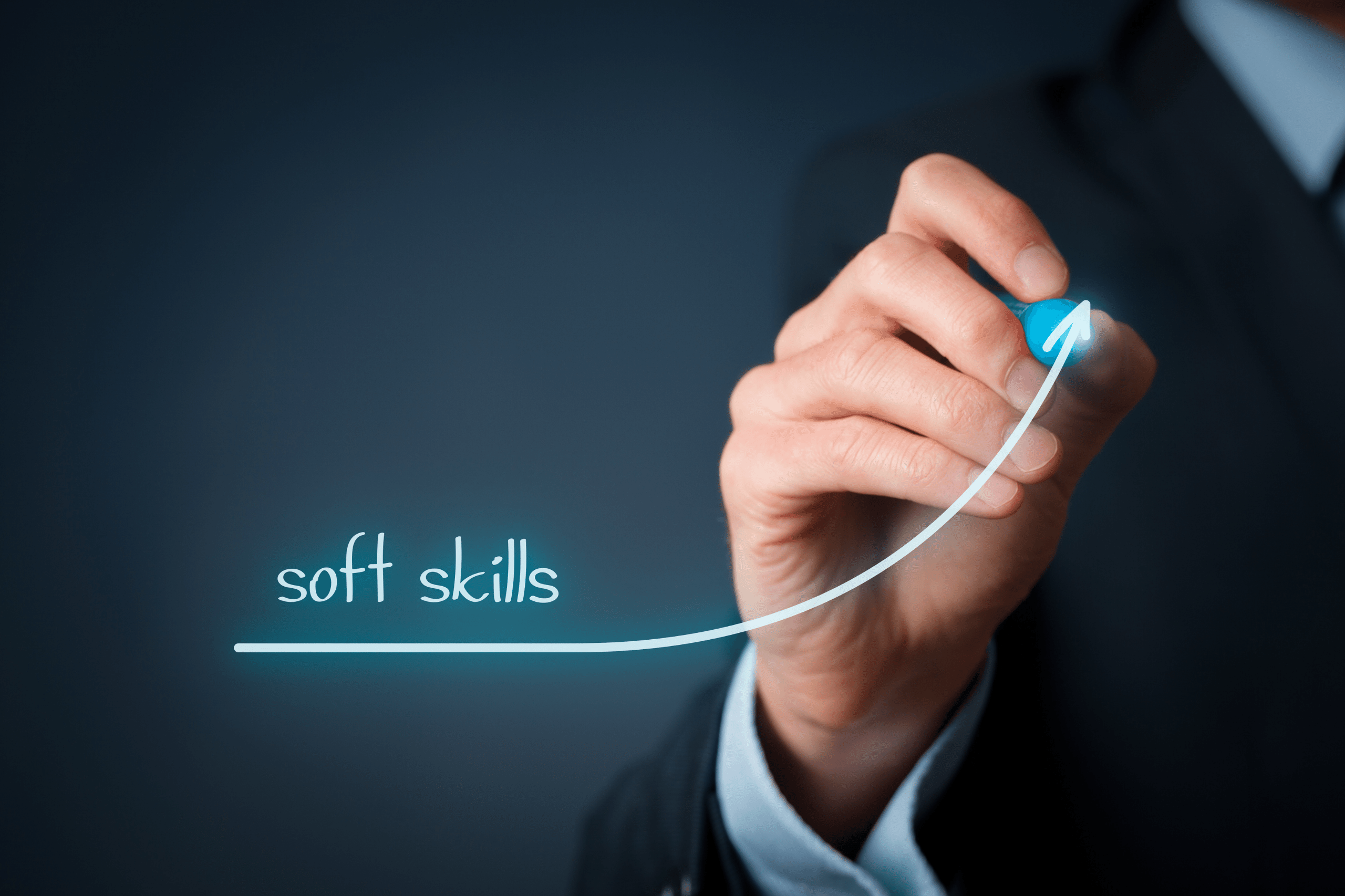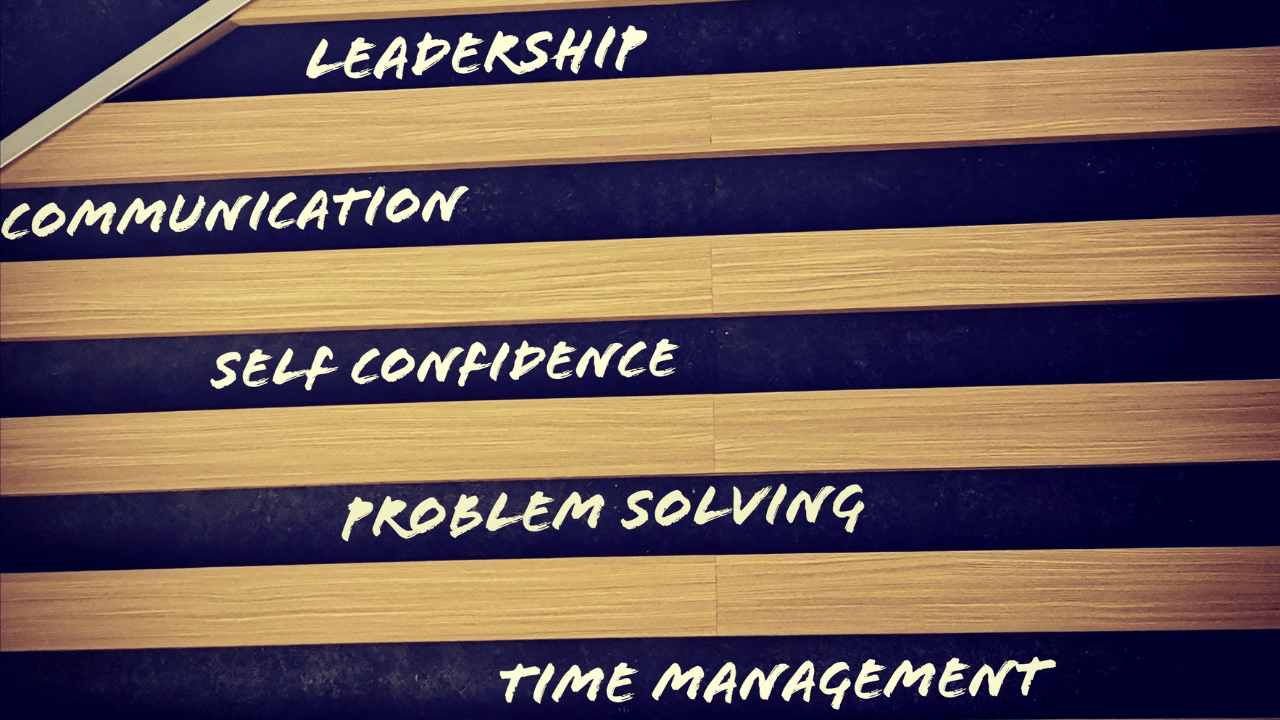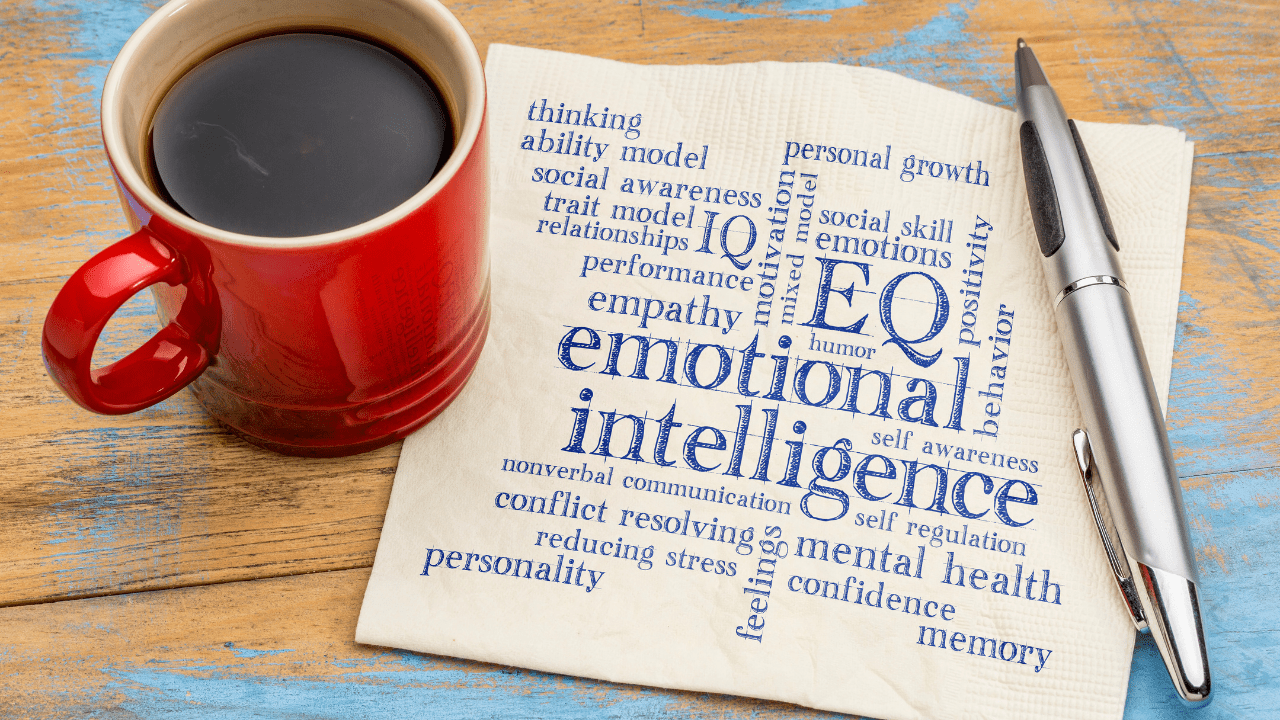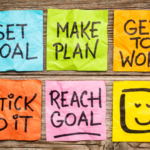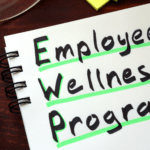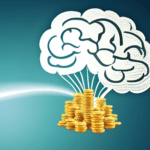
10 Game-Changing Executive Training & Leadership Development Program Benefits
Leadership development helps align purpose, performance, and people for radical individual and organization-wide benefits.

A leader is one who knows the way, goes the way, and shows the way.” John C. Maxwell
Successful leaders can transform businesses by guiding employees, proactively solving issues, and creating meaningful efficiencies — all while working towards the big picture goals of your organization. Luckily, these are not fixed traits but rather skills we can cultivate with training.
Leadership training is essential in the modern workforce
First, what is leadership development training?
It’s a professional training program, course, and/or coaching that cultivates a broad spectrum of essential cognitive, executive, and soft skills in employees.
Cognitive skills are how to learn, think, brainstorm, problem-solve, and more. Executive skills include management of people, time, resources to effectively execute a goal. And so called soft skills (the term is a misnomer, these are critical) are self-direction, drive, motivation and interpersonal skills.
An ideal leadership development program would also include stress management, emotional intelligence (EQ) training, and habit training.
These are imperative because you need your leaders to be calm, focused, excellent during challenges and emergencies, and have the framework ability to learn and automate new skills. Without these, individual health suffers, burn out is eventual, and productivity drops over time — all of which bleed out into the moral and efficacy of the larger team or staff.
With the help of leadership development training, organizations can hone the abilities of their current leadership, as well as identify and cultivate the future leaders. For any business to succeed long-term, this is imperative. The value of robust and agile leaders cannot be overemphasized and when absent, the ripple effects spread quickly to others. Before we look into the advantages of leadership training, let’s take a look at some of the reasons why a business should consider a course or program for a broad range of their professional employees — investing early and often towards mutual collective success.
Organizational benefits of leadership development programs
In different career stages, a professional workforce can benefit from an excellent training program in myriad of ways with both direct professional benefits and indirect personal benefits that impact stamina, mindset, and more, and thus improve work.
Early- or mid-career professionals, new leaders, and even entrepreneurs or those who ‘lead’ themselves are all ripe to take advantage of such programs. The below are just some of the highlights — a solid program will instill multiple skills so the benefits are vast in practice.
#1 – Increases productivity
This one happens at many levels. A good program will enhance cognitive abilities, and the outcome of better cognition is productivity. But it’s also impacted by the change in the individuals thought patterns, emotional signatures, beliefs, and attitudes.
For example, in my course, I start by teaching the science of the mind, perspective, and perception. This is followed by how to re-cue triggers that cause destructive internal loops. EQ and stress training follow, and then we release the past at all subconscious levels allowing, creating the space for new cognitive processes. Only after we do this, do we focus on direct cognitive and executive skills because finally there is brain space and energy for this work to be impactful
As you can imagine, this approach is groundbreaking when it comes to productivity because the internal bandwidth of the human has entirely shifted from past habits to present awareness and finally to skills for the future.
#2 – Impacts the corporate culture
When you invest in leadership training, you are investing in your organization’s human capital — your most valuable resource. This will send a message to your employees that the organization cares about their development too. It also helps you reduce staff turnover and increase employee engagement. Finally, you’ll see a boost in employee morale as they feel a sense of autonomy and ownership in their work; balance in physical and mental health; and pride about improving their performance.
#3 – Better risk management
As you train employees to be leaders, they make better decisions in every state. If you take a look at the cognitive triad, you know that every thought and belief influences feelings, which influence action and choice. You want people to think efficiently and outside of the box. You don’t want people that feel like sheep. Even if they aren’t in a current management role, you are creating their toolkit for them to take one on later while helping them in their day-to-day.
individual benefits of Executive leadership training
“Leadership is not about title or designation; it’s about impact, influence, and inspiration.” Robin Sharma
As this quote highlights, executive training or leadership training is essential for any individual that wants to grow impact, influence, and ability to inspire others. So if you’re a professional or entrepreneur — there are a host of personal and internal benefits to you directly that make investing in yourself worthwhile whether or not someone else (an employer or otherwise) decides to invest in you or not.
In fact, as I say — your brain is your MVP. You should invest in it before and beyond anything else. If people cannot see your value now, it will soon stare them in the face. This makes you more desirable to everyone in the business food chain.
#1 – Build self-confidence
Once you are not reactive, but rather proactive — your confidence radically changes. You also learn how to learn from perceived failures, stay in the right mindset, and keep your eyes on what’s next as opposed to the past.
#2 – Improved emotional intelligence
Emotional intelligence is imperative to build interpersonal relationships within the team and outside.
When you are self-aware of your emotions, you become more capable of responding to every person and situation effectively.
This is a characteristic every leader must have and can be developed when you start with decluttering and enhancing your own headspace.
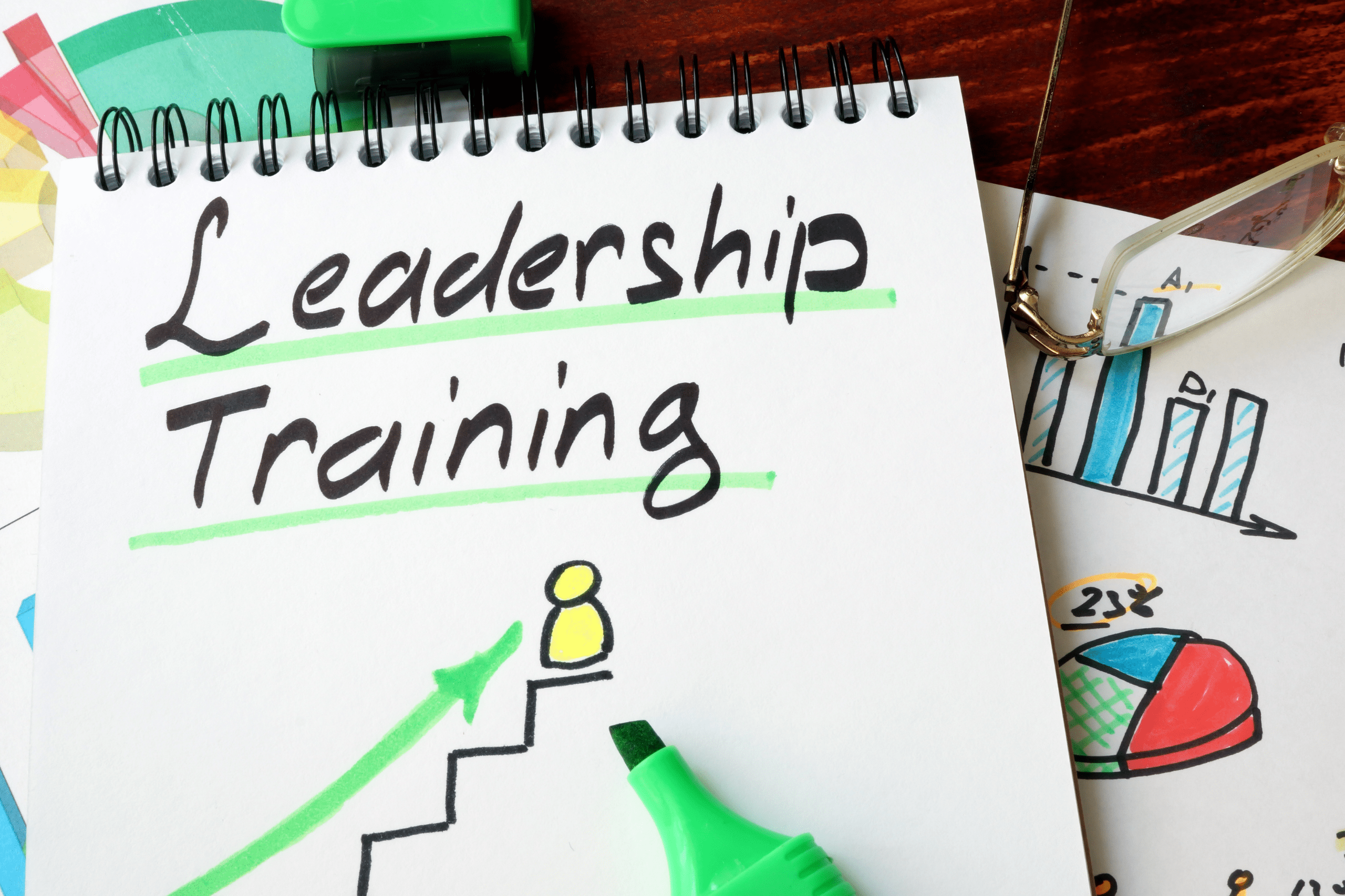
#3 – Effective leadership style
While personality plays a huge role in leadership style, your character traits can be changed for the better. Indeed, character is shaped by your deepest beliefs, thoughts, and actions. Once all of these move into states of heightened function, you’re able to listen and interact with others at a whole new level. You also know and remap your internal triggers, making you more affable to others. People can bring you ideas without anxiety and the benefits of this open collaborative climate yields a host of benefits.
#4 – Enhance communication skills
As above, communication is key to influencing others. Active listening should be reflexive. But on top of this, you want to know your own intuition and harness that as a stabilizing force. This means that when it comes to bidirectional communication, you’ll excel. You’ll be able to hear feedback but also stay strong in your own seat of power when that is required. This is a game-changer.
#5 – Effective utilization of time and resources
A huge part of leadership is time management, resource allocation, and identifying priorities.
These must be aligned with the goals of your organization. Only an effective leader can direct themselves and the team to evaluate those resources to prioritize meaningful tasks. When balanced with the big picture vision of the organization, this is critical in moving the needle forward.
#6 – Effective problem-solving skills
You want to problem solve quickly and rationally. To do this, you need to be confident, well-versed in the problem, and be able to think in nonlinear ways. Especially when it comes to the more complex scenarios, leadership training pivots your foundational practices to be more creative and useful in application.
#7 – Future growth
When an organization invests in a leadership training program for their employees, they are preparing their next-generation leaders to lead with operational effectiveness and workforce cohesion. You are also preparing for your future growth by engaging in your own training. It’s essential if you want to break out of states where you’re stagnant in your practices, daily habits, or learning. Even if you are reading articles and watching videos to learn, an effective program goes beyond this.
It’s about actual active transformation, not mere information collection.
CREATING MOMENTUM WITH PRACTICE
Leadership skills are often considered essential when recruiting new employees. While some claim to be natural-born leaders, leadership just amounts to a robust set of cognitive, executive, and soft skills we can all develop. All can develop it with the right executive training or leadership development programs.
Many skills are ripe for nurturing. The ideal training not only makes you self-sufficient and confident, it also makes you capable of handling change and challenges without compromising on productivity.
Remember, even if your organization is just you – there are massive benefits to training yourself to be a more effective entrepreneur, creative, or freelancer. These are internal skillsets that apply to every micro action of your mind. So consider following through – it might be the best decision you make in your professional career.
Next steps to consider
We help you learn all of this and more in our groundbreaking neuro-performance programs.
This 12-week transformation profoundly benefits every aspect of your life: career, daily performance, health, wellness, cognitive function, habits, relationships, energy, emotional growth, and beyond. That’s because unlike any other program, we focus on the brain - the root of all change.
Unlocking your full potential is about learning, knowing, and transforming into your highest self. Our trainings help you unleash yours. Explore our programs now.
Join our Alive Mindful Optimist Newsletter
Receive our Modern Day Stress Warrior Series & Mindfulness handouts as our gift to you.





